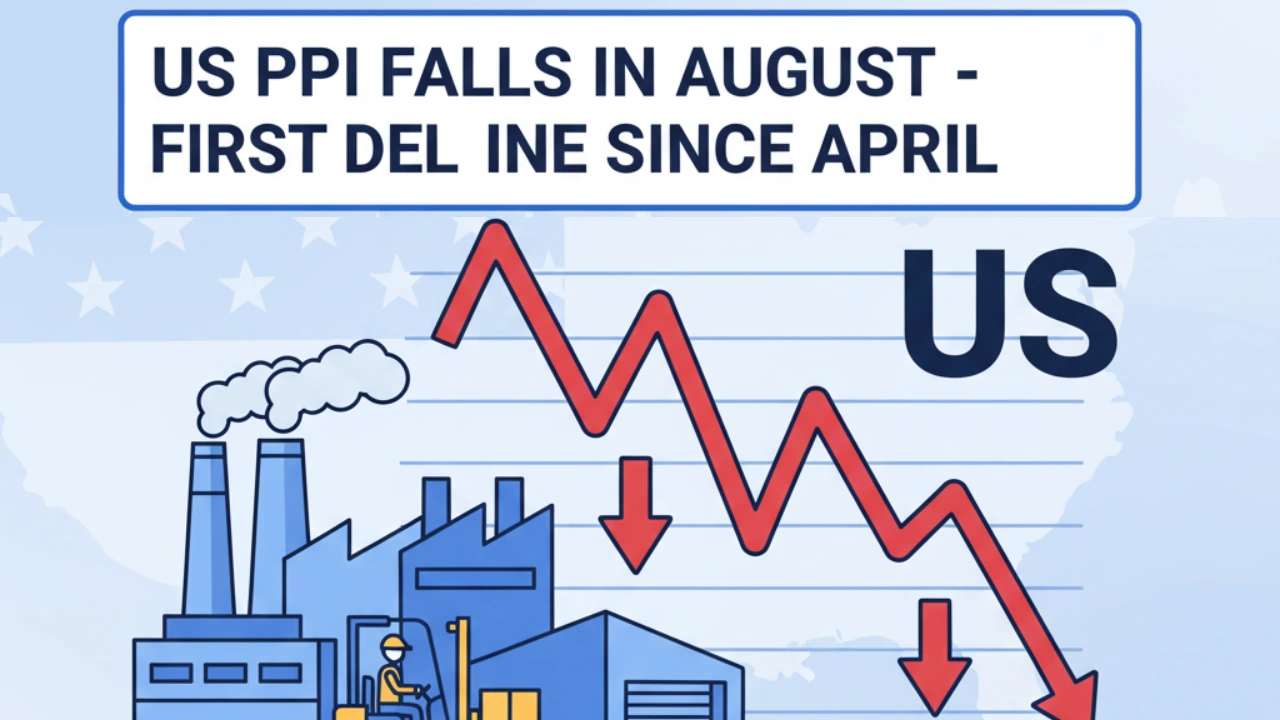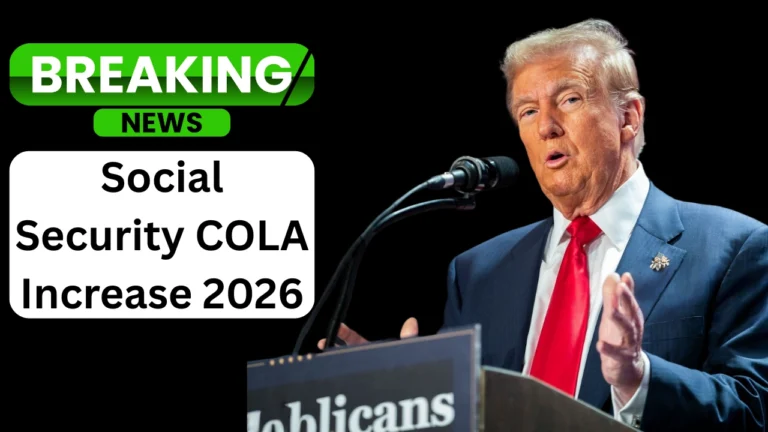US PPI Unexpectedly Falls, Easing Inflation Pressure on the Fed

For the first time in four months, US wholesale inflation eased in August, signaling a potential turning point in the fight against persistent price pressures. According to the Bureau of Labor Statistics (BLS), the Producer Price Index (PPI) fell 0.1% from July, a surprise drop that has reignited debate about whether the Federal Reserve will move ahead with an interest rate cut later this month.
What the Numbers Show
-
Monthly Change: PPI slipped 0.1% in August, marking the first decline since April.
-
Year-Over-Year: Despite the monthly dip, wholesale prices still climbed 2.6% compared to August 2024.
-
Services Impact: Service costs declined 0.2%, driven mainly by a 3.9% drop in wholesaler and retailer margins, the steepest fall since 2009.
-
Goods Prices: Excluding food and energy, goods prices increased 0.3%, showing continued cost pressures in certain sectors.
The pullback follows July’s upwardly revised gain, highlighting how volatile wholesale prices have been in recent months.
Why This Matters for the Economy
Recent Articles
Producer prices reflect the costs businesses face before goods and services reach consumers. A decline in PPI often signals reduced inflationary pressure down the pipeline, which could ultimately benefit households already squeezed by high prices.
Yet the backdrop remains complicated. Companies are navigating higher costs tied to tariffs and supply chain adjustments, while simultaneously trying not to push consumers away with higher retail prices.
For the Federal Reserve, the data adds weight to arguments for a September rate cut, particularly as the job market shows signs of cooling. If consumer prices also ease in upcoming reports, the Fed may have stronger justification for loosening monetary policy.
Markets React
Wall Street responded swiftly to the BLS data.
-
Stock Futures: US equity futures rallied after the report, with traders betting on a rate cut.
-
Treasuries: Bond yields dropped as investors priced in lower inflation expectations.
-
Dollar Impact: The US dollar weakened slightly against major currencies, reflecting shifting Fed policy bets.
The movement underscores how central inflation metrics remain to both financial markets and household economics.
What’s Driving the Decline
A closer look at the report shows that much of the decline in services costs came from wholesale and retail trade margins, which tend to swing month-to-month. In contrast, certain goods categories—such as tobacco and processed products—saw sharper price hikes.
Key drivers:
-
Service Sector: -0.2% overall, led by retail and wholesale trade declines.
-
Core Goods: +0.3% excluding food and energy, showing lingering inflationary pressures.
-
Energy: Moderated after sharp increases earlier in the summer.
This mix suggests that while headline PPI eased, underlying price dynamics remain uneven across sectors.
What Comes Next
All eyes are now on consumer price data, due this week, which will give a clearer view of how much wholesale cost changes are being passed to households. Economists expect core inflation—which strips out food and energy—to remain elevated, keeping pressure on the Fed despite the PPI’s cooling trend.
At the same time, businesses and consumers remain cautious. The uncertainty around tariffs, global supply chains, and slowing job growth are shaping decisions in both boardrooms and households.
For policymakers, the big question is whether August’s decline is an anomaly or the start of a broader trend that could justify a more accommodative monetary stance.
Quick Take (Google Featured Snippet Style)
-
What happened? Producer Price Index fell 0.1% in August 2025, first drop since April.
-
Why it matters? Signals potential cooling of inflation, bolstering case for a Fed rate cut.
-
Yearly change? PPI still up 2.6% year-over-year.
-
Biggest driver? Services margins dropped 3.9%, steepest since 2009.
-
Next steps? Consumer price data and Fed meeting will set the tone for markets.
Conclusion
The unexpected dip in US producer prices offers cautious optimism that inflationary pressures are finally beginning to cool. However, with consumer prices still running hot in key categories, the Federal Reserve’s path remains uncertain. For businesses, households, and investors alike, the coming weeks will be critical in shaping expectations for the economy’s trajectory into late 2025.







